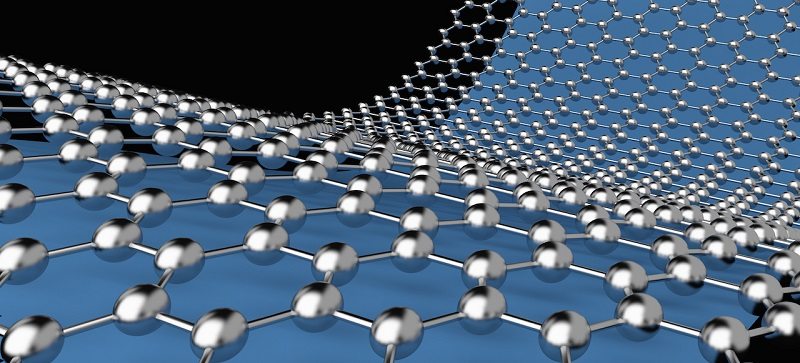Pouring Saltwater Over Graphene Generates Electricity
Ian Viado / 11 years ago

When it comes to generating electricity out of water, most people probably think of dams and the use of the water pressure to turn large turbines and generate electricity by means of magnetic turbines. Scientists are looking at another method though.
Specifically, they are once again exploring other prospects of hydroelectricity, like dragging water over nano-structures. And with graphene being one of the most popular nano-structures to date, it was obvious that someone would eventually test out the idea on it.
The results, as it turns out, are very promising. Researchers from China were able to generate electricity from graphene by dragging small droplets of salt water over it.
Normally, to harvest electricity from nano-structures needs an ionic fluid (liquid with charged ions in it) to be pushed through a system with a pressure gradient. The amount of energy that can be acquired this way is small because the gradient needs to push the ionic fluid through a small tube.
The Chinese team grew a layer of graphene instead, and placed a drop of salt water on it, which they dragged at various speeds. There seemed to be a linear relationship between the speed and the energy (faster was better). A drop made of copper chloride and placed on a graphene surface generated 30 mV when the surface was tilted to one side and gravity came into play. The technology should not only be usable in small devices, but eventually can be applied to larger scaled applications as well.
Thank you to Gizmodo for providing us with this information.



















